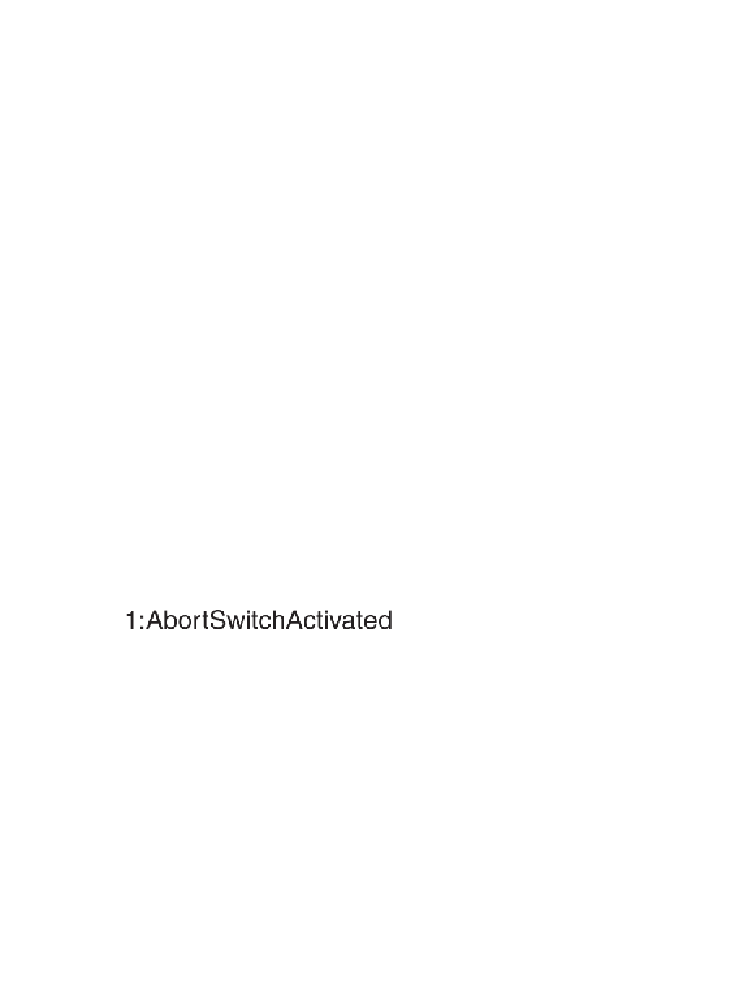Game Development Reference
In-Depth Information
Note
If you use any of the random number sequences in this chapter for your lottery ticket and you win,
please remember to share with the authors of this topic.
You will recall that pairwise combinatorial tables are constructed vertically, one col-
umn at a time. Until you complete the process for building the table you don't know
what the test cases will be or how many tests you will end up with. Because Cleanroom
combinatorial tables are constructed horizontally—one line at a time, you get a com-
pletely defined test on the very first row, and every row after that for as many
Cleanroom combinatorial tests as you choose to produce.
TFD Cleanroom Paths
Cleanroom TFD tests come from the same diagram you use for creating minimum,
baseline, and expert constructed paths. Cleanroom test paths travel from state to state
by choosing each subsequent flow based on its usage probability.
A usage probability must be added to each flow if the TFD is going to be used for
Cleanroom testing. The probabilities of the set of flows exiting each state must add up
to 100%. Figure 12.15 shows a flow with the usage probability after the action. If there
is no action on the flow, then the usage probability gets added after the event.
Figure 12.15
Example flow with usage probability.
Figure 12.16 shows an entire TFD with flow numbers and usage percentage amounts.
Remember, the probabilities of flows exiting each state must add up to 100%. You may
recognize this TFD from the templates provided in Appendix C. The flow numbers
and usage percentages make this TFD ready for Cleanroom testing.
















